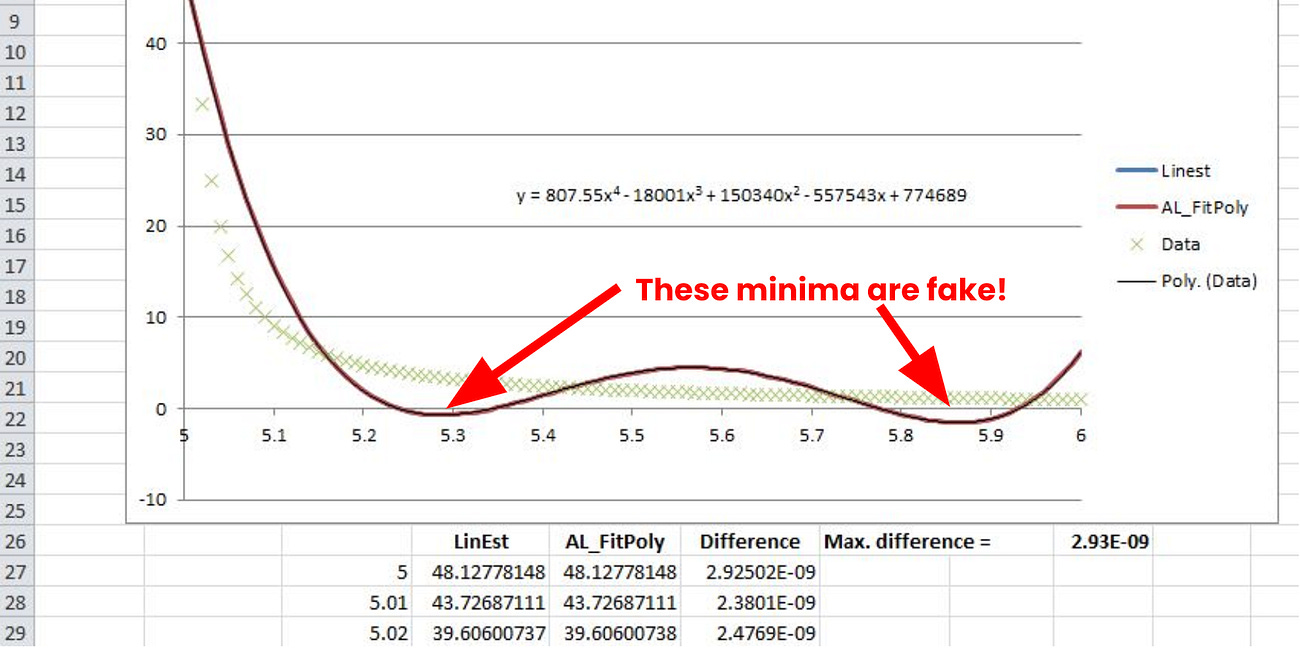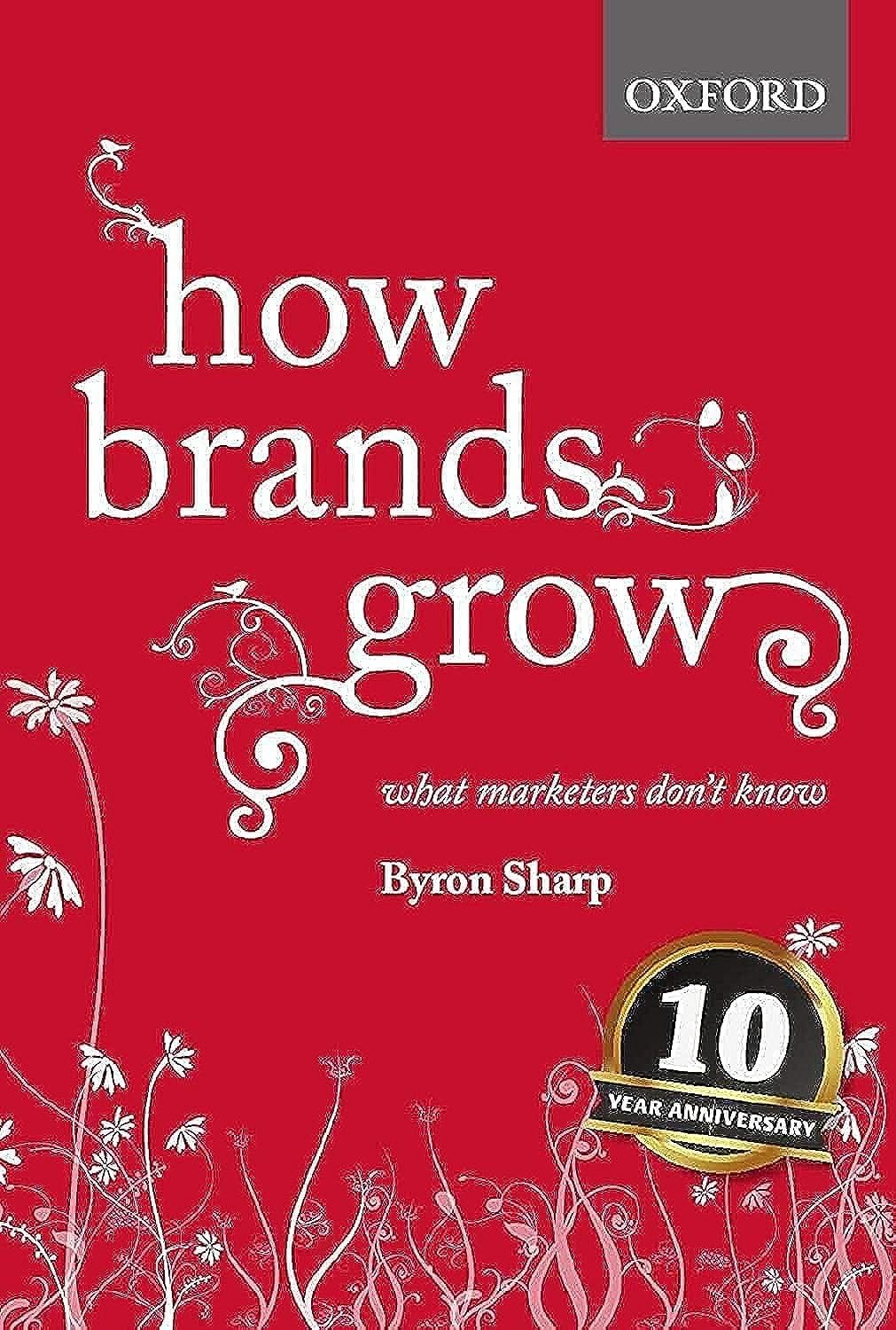Why I Changed My Mind About Performance vs. Brand Marketing
An article to explain my years-long about face in marketing
For the first years of my marketing career, I believed that the numbers were all that mattered.
Set the right parameters and constraints: You can bend the numbers to your will.
I worked in the consulting arm of Omnicom’s precision marketing group, surrounded by very capable coworkers. These weren’t your average campaign managers—they were technical consultants in a marketing agency. Smart, measured, and relentlessly data-driven.
Compared to them, most brand marketers I encountered semmed underwhelming.
Creative briefs lacked substance. No one seemed to think through the business implications of an effort. Campaigns prioritized aesthetics over outcomes. Attribution? Often an afterthought—if even that
.
It was easy to feel like performance marketing was the only rational choice in a field cluttered with opinions and intuition.
And for a time, that belief stuck.
The targeting was better. The models were cleaner. The metrics were immediate.
And most importantly, I felt smart doing it.
But like most just-out-of-college students, my tightly-held convictions started to crack under pressure.
The Seduction of Smart Numbers
“When an esteemed expert in a field states that something is possible, he’s almost always right.
When an esteemed expert states that something is impossible, he’s almost always wrong.
—Dr. Piran Kidambi, my former teacher
I didn’t just trust precision marketing because of its methods—I trusted it because of its people.
There’s a natural tendency to conflate intelligence with the validity of its principles.
Synthetic CDOs, after all, were designed by brilliant minds.
But brilliance isn’t immunity from blindness.
In marketing, those blind spots are oversimplification and overconfidence.
Is Your Mental Model of Data Wrong? How AI-Misinformation on Data Can Lead You Astray
In the past, people viewed data as parts of life’s story: separate, clear pieces of information.
Oversimplification in reporting ROAS, oversimplification through last-touch attribution, and overconfidence in dashboards that look scientific but often ignore what matters most: business fundamentals.
As Benn Stancil put it, we tend to privilege the SWAN—Suggestions With A Number
In a room where two teams pitch competing strategies, the one with cleaner charts and a forecast model often wins.
Even if the model’s assumptions are flawed.
Even if the numbers are only proxies.1
I now believe that was the core issue with how I thought about performance marketing: I mistook measurement for truth.
Precision Is a Tool (Not a Strategy)
There’s a quote from Nelson Elliott I’ve never forgotten: “When you get really segmented, you also lose your scale.”
That’s the paradox. We optimized our way into smaller and smaller circles.
The returns look great!—until they don’t.
Your cost per acquisition remains stable. Your dashboards are clean. But growth slows. You’re capturing demand, but that bucket soon runs dry.
In fact, Nelson went further: hyper-optimization in performance marketing often solves the wrong problem. You wind up improving efficiency without asking if you’re even aiming at the right target. In his words, “Getting really granular, getting heavily optimized in performance marketing winds up being counterproductive.”
At the time, we didn’t talk much about counterfactuals or incrementality. We didn’t compare test markets. We didn’t run matched-market experiments. We trusted attribution windows and celebrated clean lift charts.
I now see that we were in a graveyard spiral—one where apparent control masked a growing risk.
Learning to See the Full Picture
That changed when I read Byron Sharp’s How Brands Grow.
It challenged everything I thought I knew about targeting and growth.
Sharp’s data told a different story—unfortunately this time with real business data—the story that brands grow not by converting the most-likely buyer, but by being mentally and physically available to the entire category.
Then I spoke to Marcellino D’Ambrosio. He argued that brand marketing isn’t something you do after you succeed—it’s something you do from the beginning.
And like Nelson, he helped me see how brand neglect and performance tunnel vision kill scale.
Marcellino show me that brand marketing can guide longer-term budget decisions.
It doesn’t move fast.
But it sure sees further.
When the Real World Changed the Rules
Performance-first marketing isn’t hypothetical—it built real companies.2
But many of those same companies plateaued. Warby Parker, once a poster child for direct-to-consumer efficiency, had to invest in physical stores and broader brand-building to keep growing.
Purple saw ad effectiveness decline as audience saturation set in. Even the most finely-tuned lookalike audiences run out of fresh buyers.
Meanwhile, Airbnb made a surprising pivot. They shut down performance marketing and doubled down on brand.
The result? A 40% increase in revenue.!!
They realized they’d already captured the in-market demand and needed to generate new interest.
Cant do that at the bottom of the funnel
What I Believe Now
I haven’t abandoned performance marketing. I still believe in targeting, measurement, and data.
But I no longer believe it’s enough on its own.
Dang—the brand marketers were on the right track all along.
Marketing isn’t a battle between brand and performance. It takes both to tango.
You fill the top of the funnel with reach, story, and presence. Then you convert with tactics that match intent.
The most important thing is reach. How you do that will depend on your channels and your distribution
Nelson Elliott
That reach principle holds whether you’re a scrappy startup or a scaled enterprise.
For Those Just Starting Out
It’s tempting to believe you can scale a business by throwing dollars into Meta or Google and watching conversions climb. Sometimes, for a while, that’s true.
I don’t fault the new marketer who starts there.
We’ve all been sold the story of the right message, to the right person, at the right time. It’s appealing because it’s measurable.
But performance marketing alone is not a strategy. It’s a tactic.
And when ad costs rise, competitors mature, or consumer attention shifts, you’ll need more than tactics.
You’ll need memory. Story. Recognition. Distinctiveness. In other words, you’ll need a real brand.
Closing Thought
The best marketers aren’t loyal to a channel or a tactic. They’re loyal to outcomes.
They know when to prioritize reach and when to optimize for efficiency. They trust numbers—but not blindly.
Brand and performance aren’t opposites. They’re tools.
Use them wisely.
Don’t let yourself become a one-trick pony.
I’m looking at you, startup financial projection makers
Granted, I do think those lessons aren’t extensible. A number of them were ZIRP and undervalued social media ad spots.









